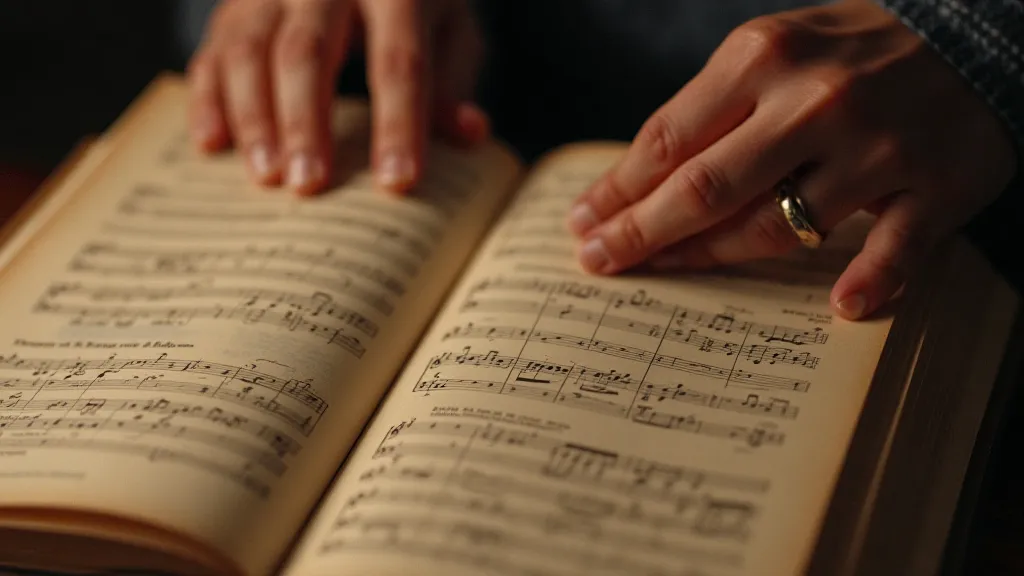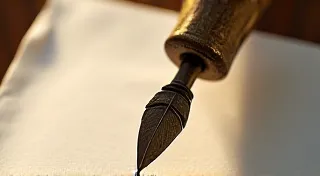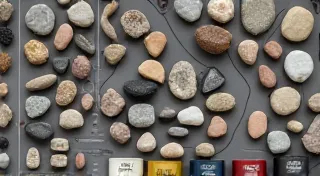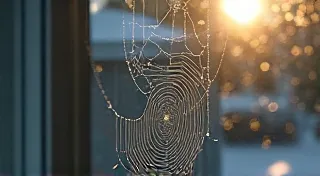Inkwell Echoes: Letters and Annotations in the Hands of Musicians
The scent of aged paper, the gentle crackle as you turn a brittle page – these are the sensory hallmarks of collecting vintage sheet music. We often admire the printed score itself, the elegant typeface, the evocative illustrations that once enticed audiences. But beyond the formal presentation lies a more intimate treasure: the handwritten notes, annotations, and inscriptions left behind by the musicians who once breathed life into these melodies. These aren’t just markings; they are inkwell echoes – whispers from the past, revealing the personal interactions and creative processes of those who poured their artistry into the music.
The Silent Witnesses
Imagine holding a sheet of music from the early 1900s, a waltz perhaps, destined for a grand ballroom or a cozy parlor. It's likely that someone, a pianist or a violinist, poured over these very notes, practicing scales, marking difficult passages, and interpreting the composer’s intent. These weren't just professional musicians; they were often amateur enthusiasts, people who found joy and solace in making music. Their annotations are a direct line to their experience, offering a unique window into a bygone era. A simple "Difficult" scribbled beside a complex chord progression reveals the challenge of mastery. A series of repeated notes, circled and emphasized, indicates a focused effort to perfect a phrase. These are quiet acts of dedication, frozen in time.
The sheer variety of markings is astonishing. You might find dynamic notations far more extensive than those printed on the page—a pianist experimenting with unconventional interpretations. You're also likely to encounter fingerings, crucial for dexterity, especially on instruments like the accordion or piano. Accordions, in particular, demanded incredible precision, and the handwritten fingerings offer tangible evidence of the skill involved. The craftsmanship of vintage accordions themselves—the meticulously hand-carved reeds, the intricate bellows construction—mirrors the artistry reflected in these annotations. They were instruments built to last, meant to be played and cherished, and the music held within them bears the mark of that enduring quality. Often, these markings give fascinating insights into the era’s musical publishing practices and the sometimes-unacknowledged roles of those involved; exploring the unsung voices of the copyright page can further illuminate the history embedded within these scores.
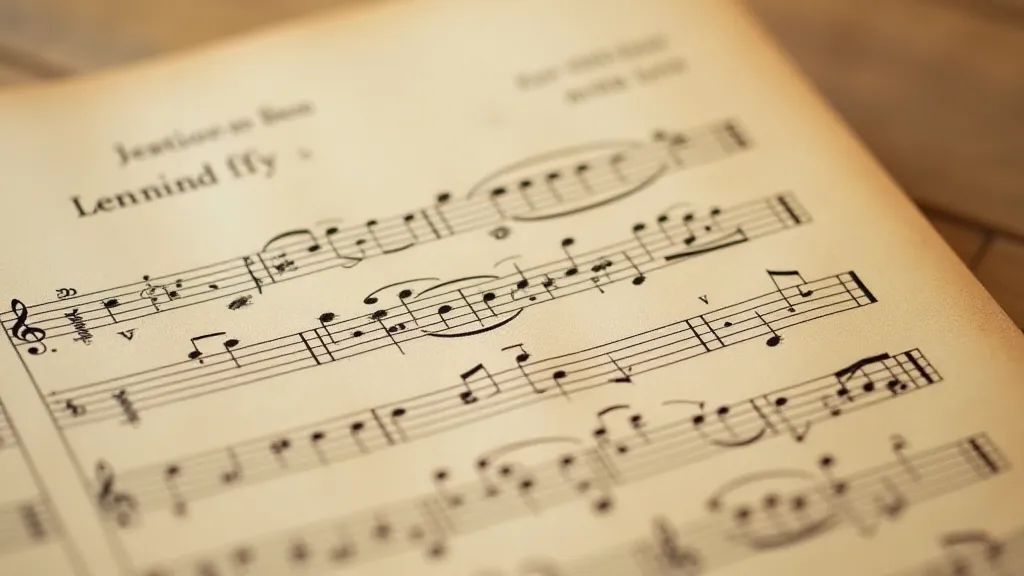
Beyond the Notes: Personal Inscriptions and Stories
The most poignant finds are often the personal inscriptions. A simple "From Papa to Elsie, 1928" transforms a piece of printed music into a cherished heirloom, a tangible link to a family's musical history. These inscriptions aren't just names and dates; they carry emotional weight, hinting at relationships, celebrations, and perhaps even losses. One particularly moving example I encountered was a copy of "Claire de Lune" inscribed to a young woman, with the added line, “May this remind you of happier times.” It spoke volumes about the context of the era – a time often overshadowed by hardship – and the power of music to offer solace and hope.
These inscriptions also offer clues about the music’s journey through time. A piece marked "Borrowed from Mrs. Hawthorne" suggests a community where sharing music was commonplace. Sheet music often circulated within families, between friends, and even within entire towns. Think of the social gatherings, the amateur orchestras, the house concerts – all fueled by the shared love of music and facilitated by the humble sheet. The collection and preservation of these materials contribute to a broader understanding of how musical taste evolved across different eras; examining chromatic cartography and the shifts in popular musical styles provides even greater context to these treasures.
Collecting with Respect: Preservation and Interpretation
For the collector, these annotations aren’t merely decorative; they are integral to the sheet music's historical significance. However, they also present a preservation challenge. Vintage paper is fragile and susceptible to damage from light, humidity, and handling. Proper storage—acid-free folders, archival boxes—is essential to prevent further deterioration. Resist the urge to "clean" or erase these markings. They are part of the sheet music's narrative, its biography.
Furthermore, understanding the annotations requires a degree of musical literacy and historical context. What does a specific marking mean? Why was a particular passage singled out for extra attention? Researching the composer, the performer, and the era can shed light on the annotations' significance. It’s a detective's game, piecing together fragments of the past to create a richer understanding of the music’s journey. It's fascinating to consider how these personal accounts weave into the broader tapestry of musical memory; a collection like this forms a mosaic of memory, each sheet contributing a vital piece to a larger historical picture.
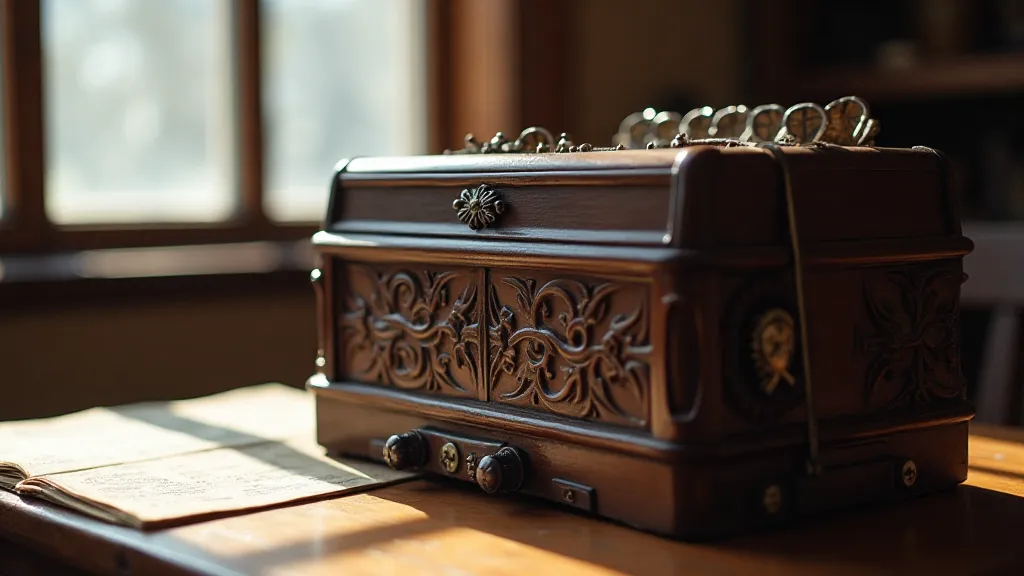
The Silent Symphony of Performance
Beyond the direct annotations, a closer look at the sheet music often reveals subtle clues about the intended performance style. The dynamic markings, tempo indications, and even the placement of fingerings can tell a story about the performer's interpretation. The act of interpreting musical scores was, and continues to be, a deeply personal one, shaped by individual experiences and cultural influences. These marks demonstrate a kind of silent symphony of performance nuances – a testament to the creativity and skill of musicians both past and present. Recognizing these nuances requires delving into the technical details of musical notation and understanding how performers have historically approached these scores. The beauty of vintage sheet music lies not only in its aesthetic appeal but also in its ability to evoke a sense of the performance environment in which it once thrived.
The Accordion's Voice and the Echoing Hands
The accordion, an instrument often associated with lively dance tunes and heartfelt ballads, possesses a particular resonance within this collecting world. The complexities of the instrument—the independent bass and treble systems, the intricate bellows mechanism—demanded a different kind of musical engagement. The hand-written annotations on accordion sheet music often reflect this, with detailed fingerings and bellows directions that go far beyond what’s printed on the page. They paint a picture of the musician’s effort to master this challenging, yet rewarding, instrument.
Imagine the hands that once held these sheets—the calloused fingers of a seasoned performer, the eager hands of a young student, the loving hands of a family member sharing a favorite tune. These are the stories that animate these pieces of music, transforming them from mere printed scores into living documents of musical history. Examining the ways performers approach ornamentation adds another layer of complexity; recognizing the silent symphony of ornamentation provides insight into a rich history of musical expression.
Beyond the Collection: The Power of Connection
Collecting vintage sheet music isn’t merely about accumulating artifacts. It’s a journey into the lives of those who created and cherished music across generations. Each sheet represents a connection to the past, a glimpse into the shared human experience of creativity, expression, and community. It’s about understanding that music is more than just a sequence of notes; it’s a language of emotions, a vehicle for storytelling, and a vital part of our cultural heritage. The act of preserving and studying these materials fosters a deeper appreciation for the artistry and ingenuity of past generations and offers a profound sense of connection to the ongoing evolution of musical traditions.
More Than Just Paper
Collecting vintage sheet music is more than just accumulating artifacts; it’s about connecting with the past, preserving a cultural legacy, and appreciating the artistry of both the composer and the performer. It’s about recognizing that these sheets of paper are not just repositories of notes; they are vessels of human emotion, creativity, and connection. Listen carefully, and you can hear the inkwell echoes – the whispers of musicians past, resonating through time, inviting us to share in their musical journey. The dedication, passion, and quiet joy reflected in these handwritten notes are a testament to the enduring power of music to enrich our lives.
